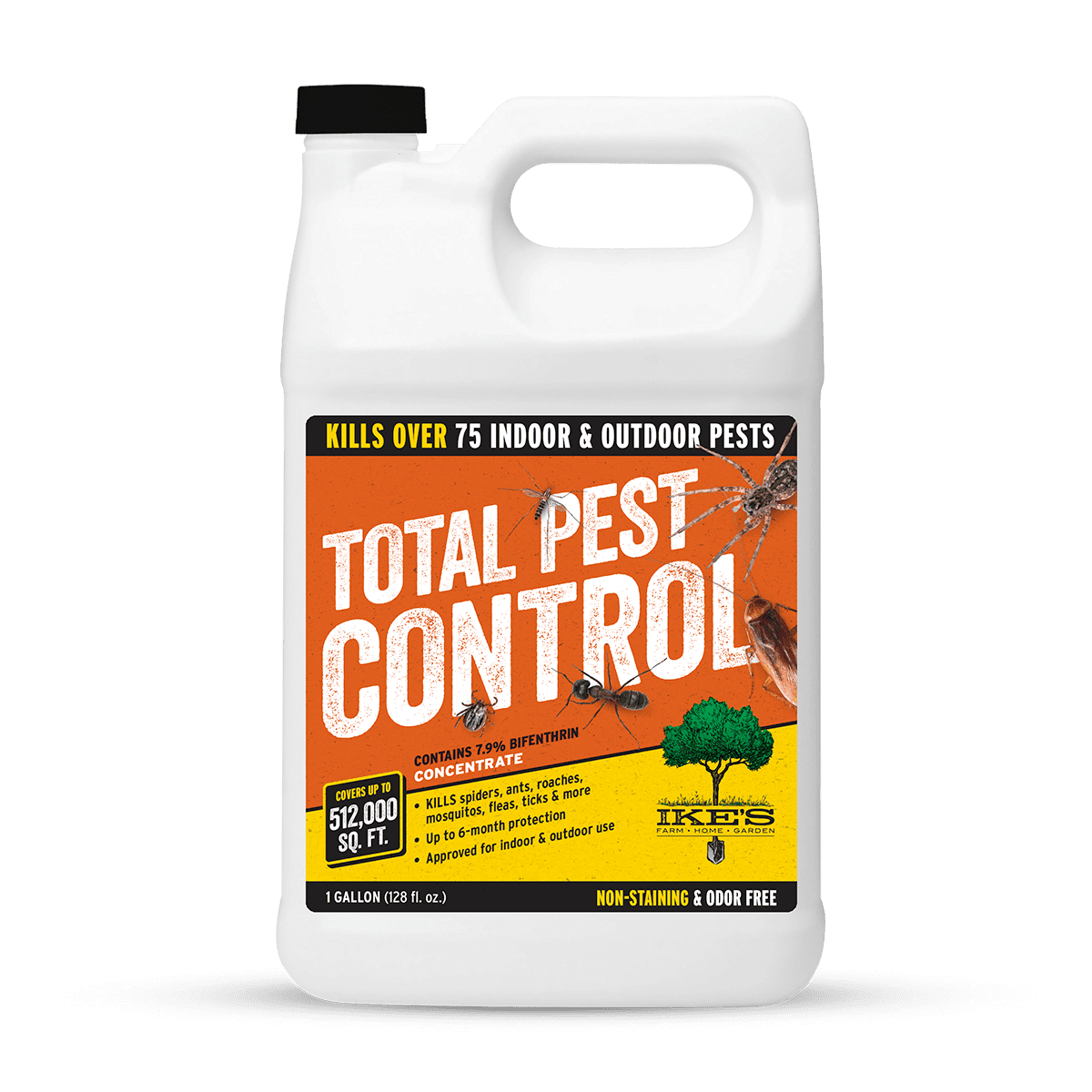A1 Bed Bug Exterminator Charlotte - Specialized Bed Bug Elimination
A1 Bed Bug Exterminator Charlotte - Specialized Bed Bug Elimination
Blog Article
Bed Pest Therapy Breakdown: Contrasting Chemical Vs. Non-Chemical Solutions
In the realm of bug control, particularly when dealing with the consistent problem of bed pests, the selection in between chemical and non-chemical therapy solutions can be a crucial one. Both approaches provide distinct benefits and drawbacks, influencing variables such as efficiency, security considerations, and general cost. By analyzing the nuanced details of each method, a clearer understanding of which path to pursue in resolving a bed bug infestation can be attained.
Efficiency of Chemical Treatments
Chemical treatments for bed pest infestations have actually been widely acknowledged for their powerful and fast effectiveness in getting rid of these parasites. When considering the efficiency of chemical treatments, it is critical to understand that they can supply a comprehensive and quick remedy to a bed bug problem.
Additionally, chemical therapies have the benefit of providing recurring impacts, meaning that they can proceed to eliminate bed pests even after the first application. This residual activity is especially helpful in combating any type of potential re-infestations. Furthermore, the fast action of chemical treatments can bring relief to individuals facing serious bed pest invasions, enabling them to reclaim control of their home promptly.
Safety Problems With Chemical Solutions
One critical aspect that calls for cautious factor to consider when making use of chemical options for bed insect therapy is making certain the safety and security of residents and the setting. Direct exposure to particular chemicals utilized in bed insect treatments can lead to respiratory system problems, skin irritation, or other adverse reactions, specifically in individuals with pre-existing problems or sensitivities.
Moreover, the environmental effect of chemical solutions is an additional considerable consideration. Some chemicals made use of in bed insect treatments may be unsafe to advantageous insects, wildlife, and environments if they seep into the dirt or water systems. It is important to make use of chemical therapies deliberately, adhering to safety standards, and considering much less toxic alternatives to reduce these risks and make certain the secure and reliable administration of bed pest problems.
Benefits of Non-Chemical Methods
Taking into consideration the potential security problems and environmental influence linked with chemical solutions for bed pest therapy, checking out non-chemical strategies presents an appealing choice with numerous distinctive advantages. Non-chemical approaches provide a safer option for households, especially those with pets, kids, or individuals conscious harsh chemicals. These techniques get rid of the risks of exposure to poisonous materials, reducing the possibility for adverse health impacts. Furthermore, non-chemical treatments are environmentally friendly, as they do not add to air or water contamination, making them a sustainable option for parasite control.
In addition, non-chemical remedies can be effective in targeting bed pests, including hard-to-reach locations where chemical treatments may not permeate. Approaches such as warmth treatment, vacuuming, heavy steam cleaning, and mattress coverings supply comprehensive removal without using harmful chemicals. Moreover, non-chemical approaches can be much less disruptive, calling for marginal prep work and permitting quicker reentry into treated areas. In general, selecting non-chemical bed bug treatment approaches not only prioritizes security and ecological protection however additionally guarantees thorough and reliable insect control.
Limitations of Non-Chemical Treatments

Additionally, non-chemical treatments often need several applications to achieve successful elimination. This can be time-consuming and may not constantly assure full removal of all bed bugs and their eggs, especially in surprise or hard-to-reach areas.
Additionally, the success of non-chemical therapies greatly counts on proper application and thoroughness, which can be testing for people without expert know-how. Insufficient application of non-chemical approaches may lead to incomplete elimination, bring about relentless infestations and the need for extra treatments.
Consequently, while non-chemical therapies have their benefits, it is important to recognize these restrictions and consider them when determining one of the most effective technique for taking care do pest control of bed pest infestations.
Cost Comparison: Chemical Vs. Non-Chemical Options
Offered the restrictions linked with non-chemical treatments, a necessary facet to evaluate in the context of bed bug monitoring is the price comparison between chemical and non-chemical options. Chemical treatments normally entail the application of pesticides by specialists, which can range from $250 to $900 per area, depending on the intensity of the invasion and the dimension of the location to be treated. On the other hand, non-chemical therapies like warm treatment or steam can be more pricey, with prices varying from $1,000 to $6,000 for a whole home. While the initial expense of chemical therapies may appear reduced, several therapies may be needed to totally eliminate the invasion, possibly enhancing the overall price. On the other hand, non-chemical alternatives may offer a more lasting and environmentally friendly option, although they can be cost-prohibitive for some people. Eventually, when thinking about the price of bed insect therapy choices, it is essential to weigh the ahead of time costs against the efficiency and long-term sustainability of the picked approach.
Conclusion

Thinking about the possible security worries and ecological impact connected with chemical remedies terminix pest control for bed insect therapy, discovering non-chemical strategies offers an appealing option with numerous distinct benefits.Offered the limitations associated with non-chemical therapies, a vital aspect to assess in the context of bed bug administration is the price comparison between chemical and non-chemical choices. In contrast, non-chemical therapies like warmth therapy or steam can be a lot more pricey, with costs varying from $1,000 to $6,000 for an entire home. While the preliminary price of chemical treatments may appear lower, numerous therapies might be required to totally eliminate the infestation, potentially increasing the total price.In conclusion, when comparing chemical and non-chemical bed pest therapy alternatives, it is crucial to think about efficiency, safety and security, benefits, restrictions, and cost.
Report this page